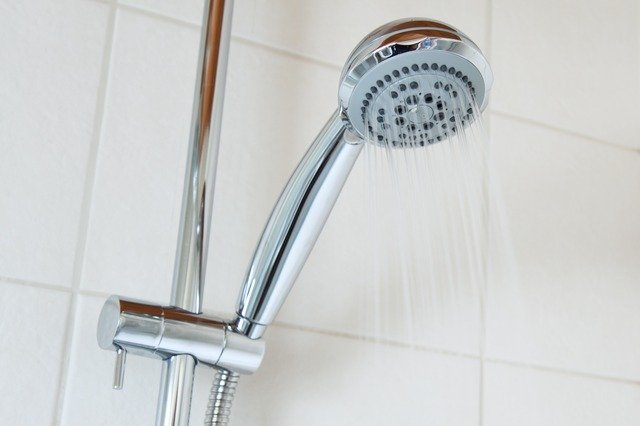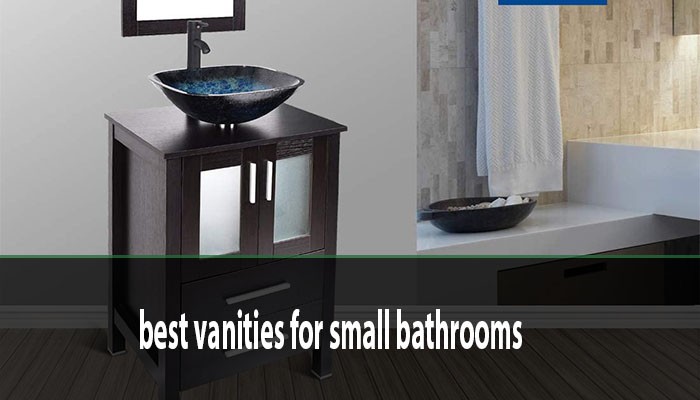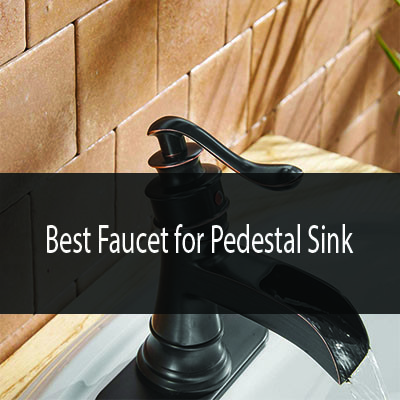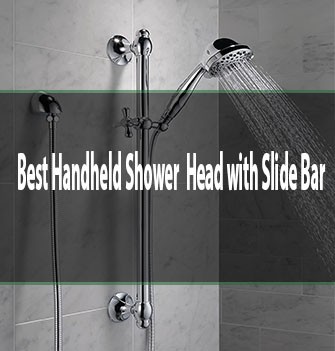Are you considering renovating your home or simply looking for a way to protect your walls from moisture? Waterproof wall panels might just be the solution you need. In this article, I will explore the Waterproof Wall Panels: Pros, Cons, and Installation Tips that can help you make an informed decision. Whether you’re a homeowner, a DIY enthusiast, or a professional contractor, understanding the benefits and drawbacks of these panels can significantly impact your project’s success.
Waterproof wall panels provide an excellent way to maintain the integrity of your walls, especially in moisture-prone areas like bathrooms, kitchens, and basements. However, like any building material, they come with their own set of advantages and disadvantages. By the end of this article, you'll have a comprehensive understanding of waterproof wall panels, including how to install them effectively.
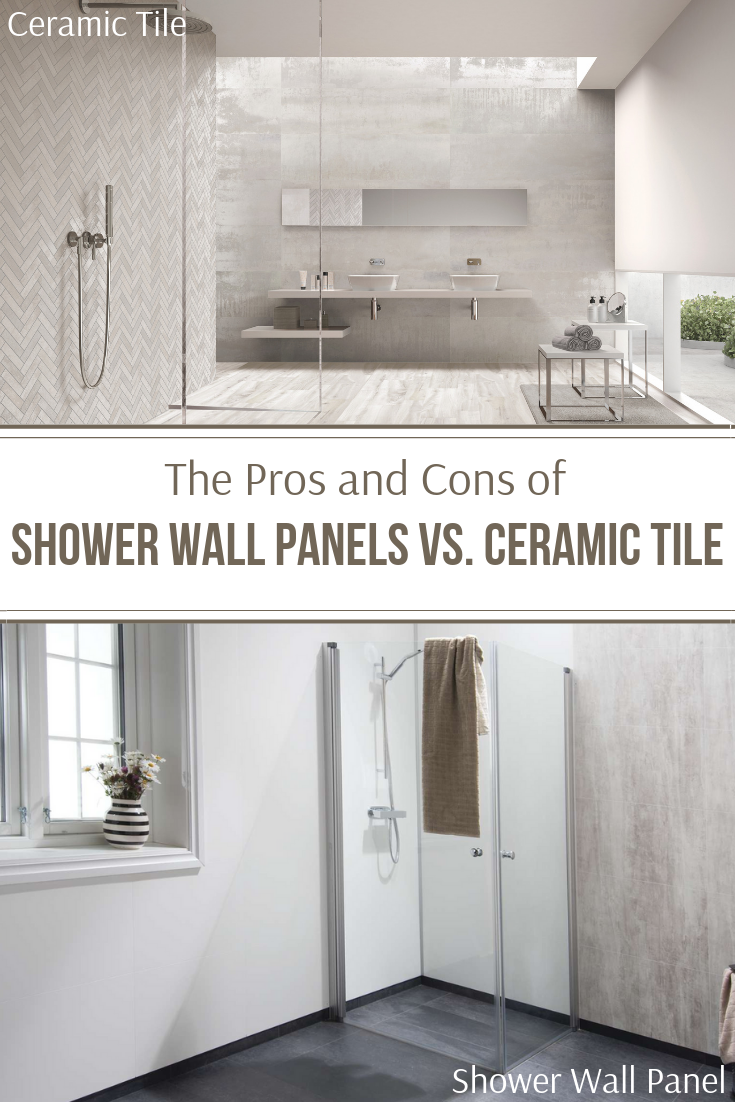
Source: blog.innovatebuildingsolutions.com
Table of Contents
What Are Waterproof Wall Panels?
Waterproof wall panels are specially designed wall coverings that resist moisture, making them ideal for areas exposed to high humidity or direct water contact. These panels are typically made from materials such as PVC, fiberglass, or composite materials, which provide durability and ease of maintenance. They come in a variety of styles, colors, and textures, allowing you to choose the perfect aesthetic for your space.
Key Features of Waterproof Wall Panels
- Moisture Resistance: The primary feature that sets these panels apart is their ability to resist water damage.
- Ease of Installation: Many waterproof wall panels are designed for straightforward installation, often requiring minimal tools.
- Variety of Designs: Available in various finishes, from sleek modern looks to traditional styles, they can fit seamlessly into any decor.
- Low Maintenance: These panels are easy to clean and typically require less upkeep than traditional wall finishes.
Pros of Waterproof Wall Panels
1. Exceptional Moisture Resistance
The most significant advantage of waterproof wall panels is their ability to withstand moisture. This makes them perfect for bathrooms, kitchens, and basements, where traditional wall materials may warp, mold, or deteriorate over time. According to a study published in the Journal of Building Physics, moisture-resistant materials can significantly reduce the risk of mold growth in high-humidity areas.
2. Easy to Clean
Waterproof wall panels are often non-porous, which means they do not absorb stains or odors. A simple wipe down with a damp cloth is usually all that is needed to keep them looking fresh. This feature is particularly beneficial in kitchens and bathrooms, where cleanliness is paramount.
3. Cost-Effective
While the initial investment in waterproof wall panels might be higher than traditional materials, they can save you money in the long run. Their durability means less frequent replacements and repairs. A study from the International Journal of Housing Markets and Analysis found that properties with moisture-resistant features tend to have higher resale values.
4. Aesthetic Versatility
Waterproof wall panels come in various designs, colors, and textures. Whether you prefer a sleek, modern look or a more rustic finish, you can find panels that complement your home’s interior design perfectly. This versatility allows homeowners to achieve their desired aesthetic without compromising on functionality.
5. Environmentally Friendly Options
Many manufacturers are now producing waterproof wall panels from recycled materials or sustainable sources. By choosing eco-friendly options, you can enhance your home while also being kind to the planet.
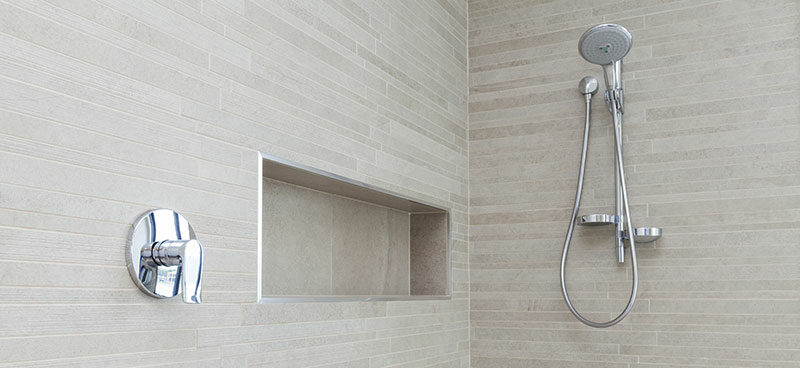
Source: hansons.com
Cons of Waterproof Wall Panels
1. Initial Cost
While waterproof wall panels can save you money in the long run, the upfront cost can be higher than traditional wall coverings. Depending on the material and design, prices can vary significantly. It’s essential to budget accordingly and consider both short-term and long-term expenses.
2. Limited Repair Options
If a waterproof wall panel gets damaged, repairing it can be more challenging than traditional wall materials. Depending on the extent of the damage, you may need to replace the entire panel rather than just patching it up.
3. Installation Challenges
While many waterproof wall panels are designed for easy installation, some may require professional help, especially if they are custom-made or require specific framing. This can add to the overall cost of your project.
4. Potential for Chemical Emissions
Some waterproof wall panels, especially those made from plastic or synthetic materials, may emit volatile organic compounds (VOCs). These compounds can negatively impact indoor air quality. It’s crucial to choose panels that are low in VOCs or have been certified for indoor use.
5. Aesthetic Limitations
Although waterproof wall panels come in various designs, some homeowners may find that they lack the warmth and texture of traditional materials like wood or plaster. This can be a significant consideration if you’re aiming for a specific aesthetic in your home.
Installation Tips for Waterproof Wall Panels
Installing waterproof wall panels can be a straightforward process if you follow the right steps. Here are some tips to ensure a successful installation:
1. Prepare the Surface
Before installation, ensure that the surface where the panels will be applied is clean, dry, and free of any debris. This preparation is crucial for ensuring proper adhesion and preventing moisture from getting trapped behind the panels.
2. Measure Accurately
Take precise measurements of the area where you plan to install the panels. This will help you determine how many panels you need and ensure that you cut them to fit correctly.
3. Use the Right Adhesive
Selecting the right adhesive is vital for a successful installation. Many waterproof wall panels require specific adhesives designed to bond with the materials. Always follow the manufacturer’s instructions for the best results.
4. Follow Manufacturer Instructions
Every brand of waterproof wall panel may have different installation requirements. Always read and follow the manufacturer’s guidelines for installation to avoid issues down the line.
5. Allow for Expansion
When installing waterproof wall panels, it's essential to leave a small gap at the edges to allow for expansion and contraction due to temperature changes. This will help prevent warping or buckling over time.
6. Seal the Edges
To maximize moisture resistance, seal the edges of the panels with caulk or a waterproof sealant. This step will help prevent water from seeping behind the panels and causing damage.
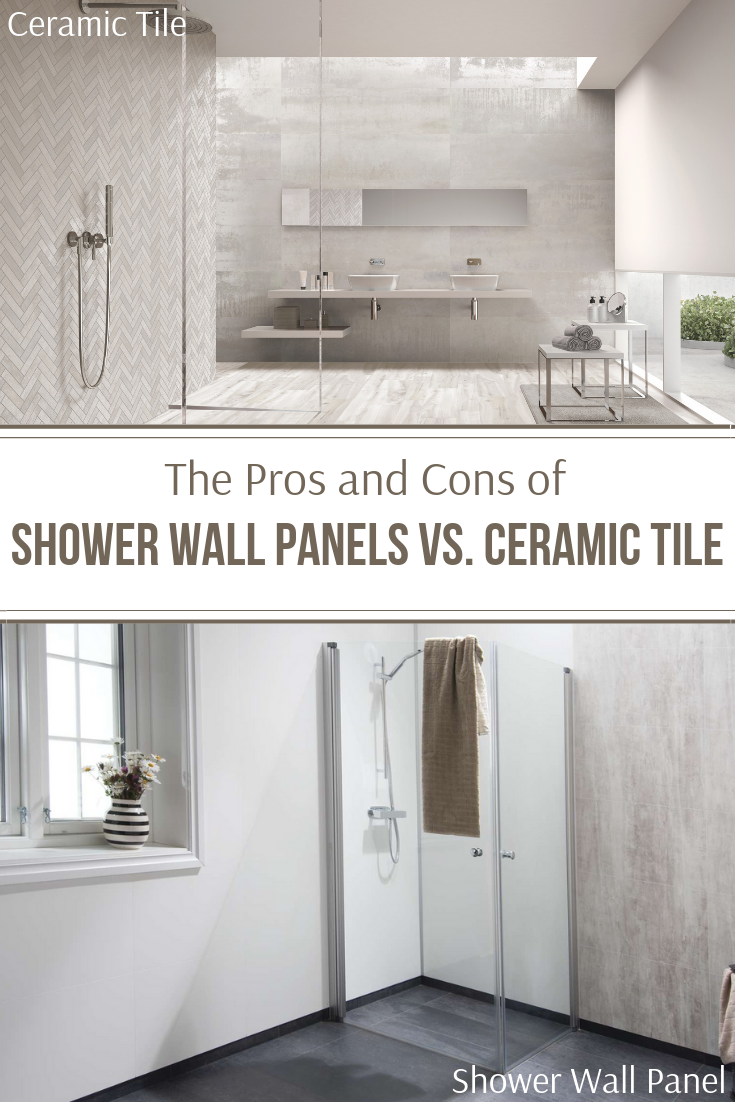
Source: blog.innovatebuildingsolutions.com
Frequently Asked Questions about Waterproof Wall Panels
1. How long do waterproof wall panels last?
Waterproof wall panels can last anywhere from 10 to 30 years, depending on the material and how well they are maintained. Regular cleaning and proper installation can extend their lifespan.
2. Can I install waterproof wall panels over existing drywall?
Yes, you can install waterproof wall panels over existing drywall, provided the surface is clean, dry, and in good condition. However, ensure that the panels are compatible with the adhesive you plan to use.
3. Are waterproof wall panels suitable for outdoor use?
While some waterproof wall panels are designed for outdoor use, many are intended for indoor applications only. Always check the manufacturer's specifications before using them in an outdoor environment.
4. How do I clean waterproof wall panels?
Cleaning waterproof wall panels is simple. Use a damp cloth or sponge with mild soap to wipe them down. Avoid abrasive cleaners that could scratch the surface.
5. Are there eco-friendly waterproof wall panel options available?
Yes, many manufacturers now offer waterproof wall panels made from recycled materials or sustainably sourced products. Look for certifications indicating eco-friendliness.
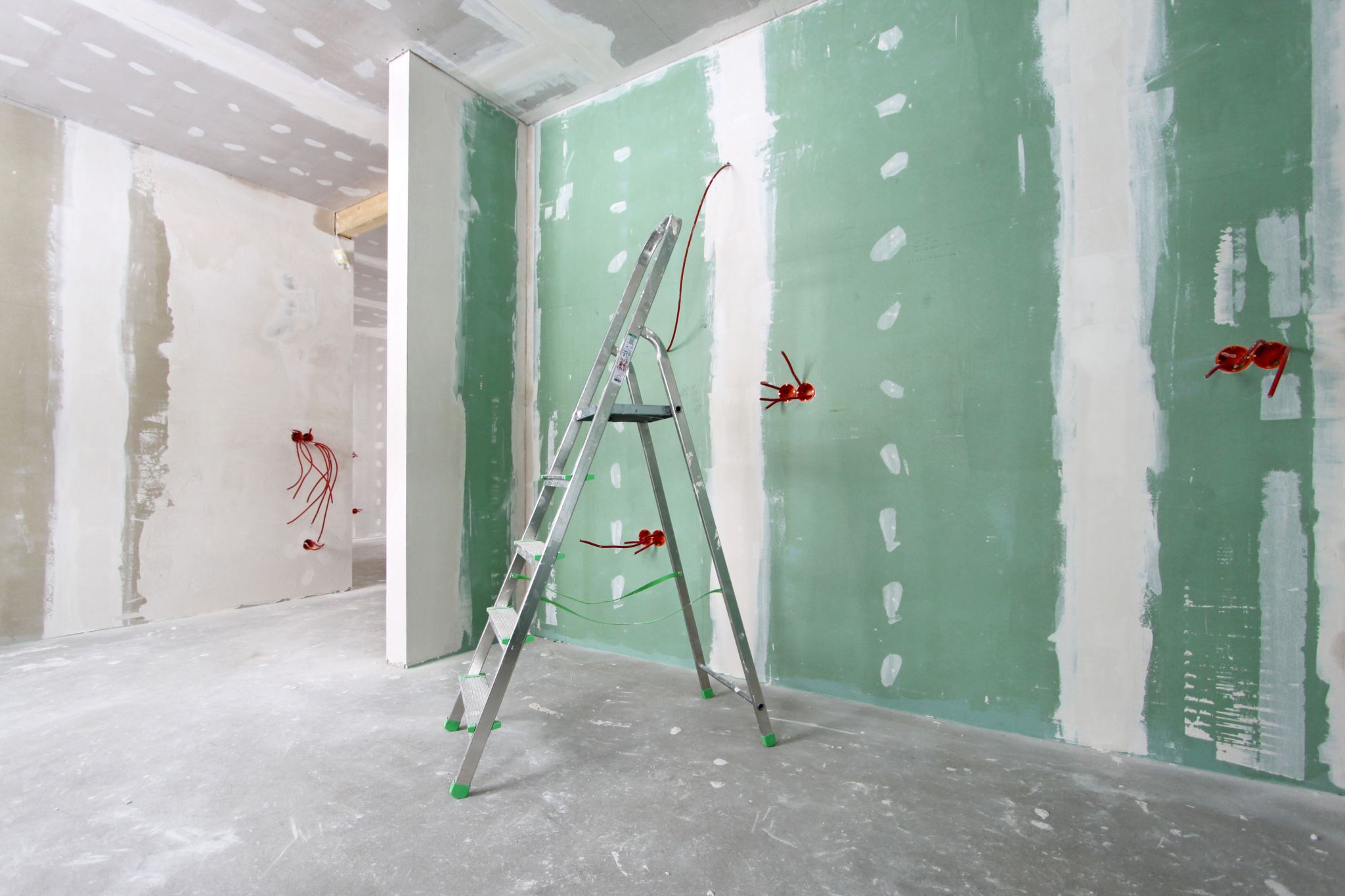
Source: www.houselogic.com
Conclusion
Waterproof wall panels can be an excellent addition to your home, offering numerous benefits, including moisture resistance, easy maintenance, and aesthetic versatility. However, it’s essential to weigh the pros and cons before making a decision.
By following the installation tips provided, you can ensure a successful project that enhances your living space while protecting your walls from moisture damage. I encourage you to explore various options, consult with professionals if needed, and consider eco-friendly choices that align with your values.
If you're ready to take the plunge, start researching waterproof wall panels today! Don’t hesitate to leave a comment or ask questions below. Your feedback is invaluable, and I’d love to hear about your experiences with waterproof wall panels.

